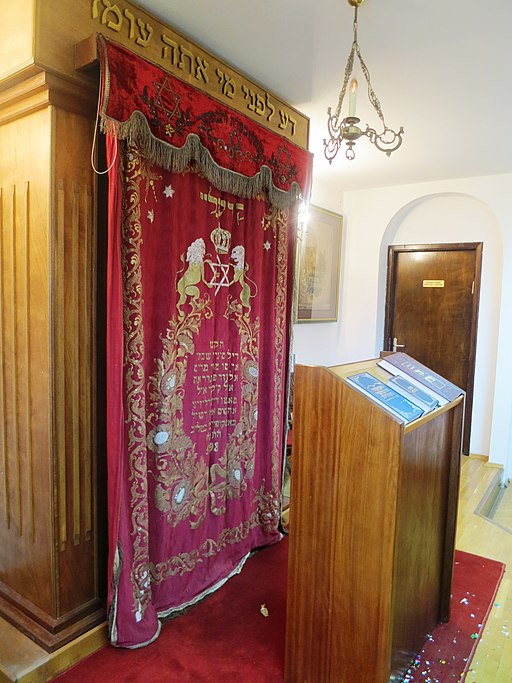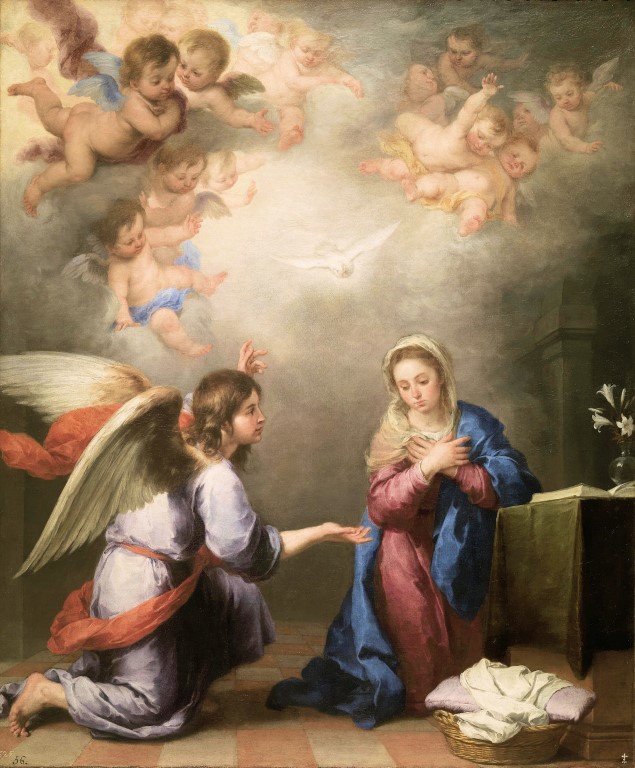Interesting parallels in Jewish customs
Some time ago, at an academic conference on Liturgy that featured contributions from people of various different faiths, I was interested to chat to a Reformed (or Liberal) Rabbi who was frank about some similarities between the controversy within Judaism over liturgy and some of the things he had heard about the reaction to traditional Catholic liturgy. He also lamented wistfully that it was his younger worshippers who wanted him to offer the prayers in Hebrew and face the same way as them when praying.
More recently, I found this guide on Judaism 101: Jewish Liturgy setting out the differences in worship that a visitor might find between the various movements within Judaism
- In Orthodox synagogues, women and men are seated separately; in Reform and Conservative, all sit together. See The Role of Women in the Synagogue.
- In Orthodox and usually Conservative, everything is in Hebrew. In Reform, most is done in English, though they are increasingly using Hebrew.
- In Orthodox, the person leading the service has his back to the congregation, and prays facing the same direction as the congregation; in Conservative and Reform, the person leading the service faces the congregation most of the time.
- Conservative and Reform are rather rigidly structured: most people show up at the same time (or if they don't, they simply pick up where the group is), and do the same thing at the same time. Orthodox is somewhat more free-form: people show up when they show up, catch up to everybody else at their own pace, often do things differently than everybody else. For example, different people may have different customs about when to stand, when to bow, and so forth. This is terrifying if you don't know what you're doing, but once you've got a handle on the service, you'll find that it lets you concentrate on your prayers, rather than concentrating on what everybody else is doing.
The first item in the list is an exception: there would be few Churches nowadays that would have men and women seated separately; however I did once celebrate Mass in a village Church in Austria where this was the case. A few young men who were on the trip innocently sat on the "wrong" side; this gave rise to nothing more than mild amusement from the locals.
4. reminds me of the practice I heard about once, in which the congregation were told to remain standing in their place after they had received Holy Communion, wait until the last person had received, and then all sit down together. The experience of the traditional Latin Mass is not as freeform as Judaism 101's description of Orthodox Jewish liturgy, but in fact there are no rubrics for the people, only customs. I think that whether the priest is facing the people or turned to the East has an influence on how closely he tries to control what everyone does. If you are focussed on the altar and the crucifix, rather than trying to make eye-contact with everyone, you are less likely to be bothered if people choose to occupy the rearmost pews.
In terms of the texts, Judaism 101 observes that the Conservative version of the Jewish liturgy is very similar to the Orthodox version, and contains only minor variations in the content of the prayers. The minor variation is that instead of the Orthodox prayers for the restoration of the Temple with its "offerings and prayers," the Conservatives pray only for the restoration of its prayers. Perhaps we could pray in charity that our Jewish brothers and sisters may be given the grace to participate in that sacrifice which is truly offered as the perfect sacrifice from the rising of the sun to the going down thereof. (Mal 1.11)


